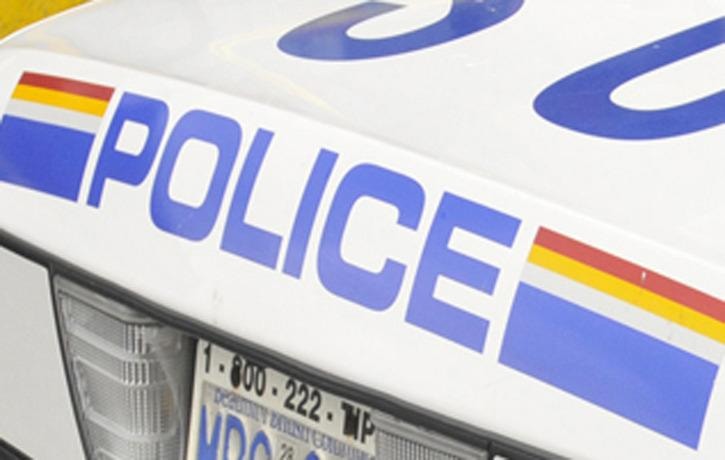UPDATE: The jury in a coroner's inquest into the police-shooting death of 28-year-old Adam Purdie has recommended that active RCMP patrol cars be equipped with dash cameras.
The recommendation was among four made to the RCMP's E Division commanding officer. They were released Wednesday afternoon, following witness accounts detailing the events surrounding Purdie's March 2, 2011 death.
The jury also recommended that RCMP officers, during routine traffic stops, establish information connected to the license plate of offending vehicles before exiting their own vehicle; that RCMP "periodically review the appropriate scenarios for the utilization of the Emergency Response Team"; and, that an "Incident Management Intervention Model" be also used in a group dynamic, not just on an individual basis.
An inquest into the March 2011 police shooting death of 28-year-old Adam Brian Purdie in Surrey wrapped today in Burnaby.
Since Monday, presiding coroner Tara Devine and a jury have been hearing from police – including the officer who killed Purdie – and other witnesses regarding the circumstances surrounding the death.
 An external investigation by Saanich Police had previously cleared Const. Peter Neily of any wrongdoing in connection with the Surrey man’s death.
An external investigation by Saanich Police had previously cleared Const. Peter Neily of any wrongdoing in connection with the Surrey man’s death.
Purdie was killed after catching the attention of officers in South Surrey, who spotted a rifle in the backseat of his white Chrysler 300 during a late-night traffic stop in the 15400-block of 16 Avenue.
Purdie fled that scene but was soon intercepted near King George Boulevard and Highway 10. There, Neily – a former media spokesperson for the Surrey detachment – used his patrol car to pin Purdie’s vehicle, and fired 30 rounds in his direction after Purdie pointed a .22-calibre rifle at him, the investigation determined.
While Purdie was also found to have self-inflicted gunshot wounds, an autopsy determined a shot to his upper chest killed him.
“(Under the Criminal Code,) the officer has the right to use as much force as he sees necessary to prevent his own injury or death,” Saanich Police spokesperson Sgt. Dean Jantzen said following the investigation. “One thing (the officer) was very clear with our investigators about is he realized he was going to die.”
Through the inquest, the jury cannot make findings of legal responsibility but may make recommendations aimed at preventing similar deaths.
